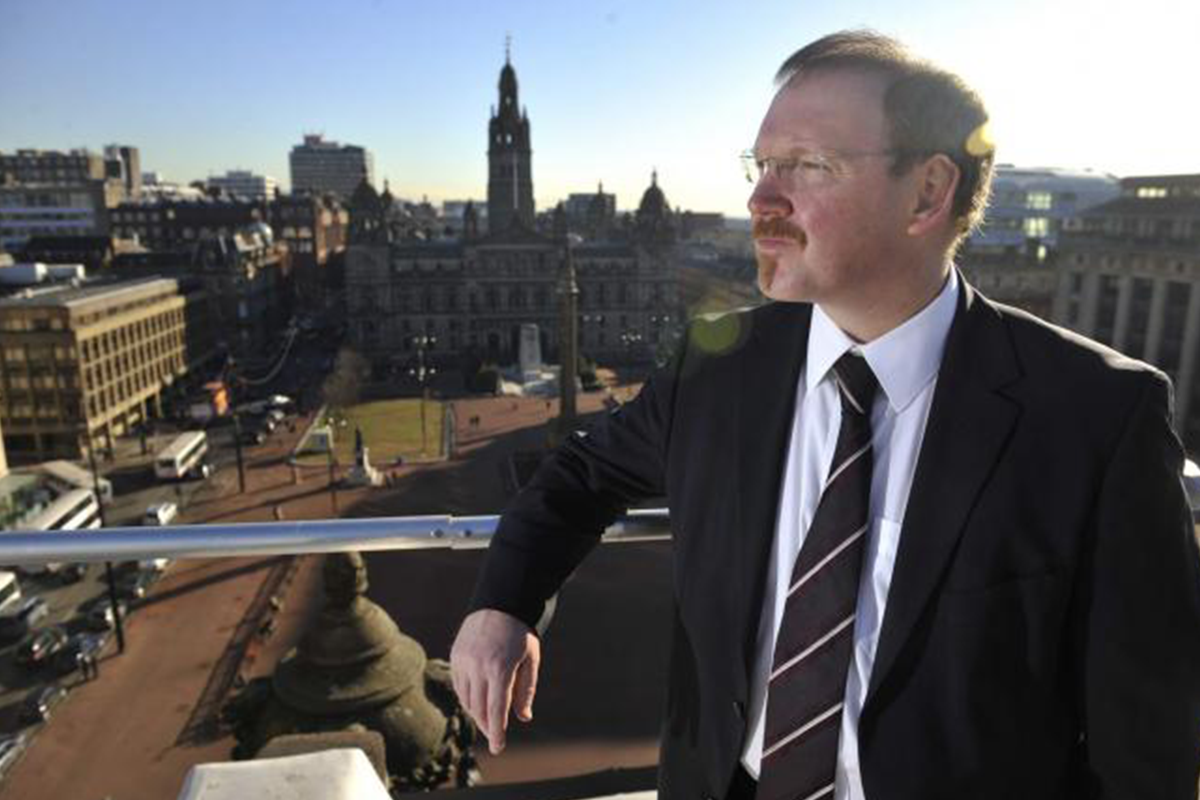
17 Feb 2021
By Stuart Patrick, Chief Executive of Glasgow Chamber of Commerce
Just under two years ago the Glasgow Connectivity Commission published its conclusions on the future for transport. Last week one recommendation, to create a Glasgow Metro system, took a significant step forward.
Publication of the Phase One report of the Scottish Government’s second Strategic Transport Projects Review confirmed that the Metro would be included and work would continue on the strategic business case. This is a victory for the Leader of Glasgow City Council, Councillor Susan Aitken, who set up the Glasgow Connectivity Commission and who has argued consistently for the Metro.
Back in 2019 Glasgow Chamber of Commerce also chose to support the conclusions of the Connectivity Commission which was a personal relief as I had the privilege of sitting on the Commission.
The Scottish Government also released its Infrastructure Investment Plan last week and there was a diagram which captured forecasts for population change in each of Scotland’s local authorities. In a look ahead to 2043 Glasgow City and most of its surrounding authorities are expected to show above average population growth.
That chimes with data generated by the United Nations in its assessment of future growth in urban centres and shows that old assumptions about population drift out of West Central Scotland are no longer valid. We can and should be planning to invest in Glasgow’s infrastructure to handle that growth.
The decision to support the Metro is welcome on a number of levels. For the Chamber the primary cause for celebration will be the fixed link it will provide between Glasgow Airport and the city centre.
We have argued for some years that the Airport should be connected to our national rail system to reduce the dependence the airport has on an increasingly congested M8. If the first Metro line runs from Paisley Gilmour Street station through the Airport campus and then on to the city centre then that objective will have been achieved.
The evidence on M8 congestion supplied by Transport Scotland clearly showed that whilst the M74 extension through south Glasgow had reduced traffic to the east of the city, the opposite was true to the west. Offering an alternative public transport route to and from the Airport will also help reduce its net carbon impact. Because a light rail Metro can be flexibly designed there should be additional benefits. The first Metro line could connect the Airport and the new Advanced Manufacturing Innovation District next door to other employment hubs like the Queen Elizabeth University Hospital and residential communities in Renfrew and Braehead where existing transport systems are relatively limited.
The use of derelict railway lines for delivering some of the first Metro line is a real possibility.
Nor should the Metro be seen as a threat to existing bus services. Given the shift the Scottish Government is hoping to encourage away from private transport and given that we are expecting regional population growth then we will need a variety of quality public transport choices.
The Connectivity Commission also made a vigorous argument for increased investment in bus prioritisation measures to reduce journey times and improve reliability. Options for that are being considered as part of the Scottish Government’s £500m Bus Partnership Fund. It is much better to be increasing our reliance on public transport through the carrot of positive investment than by the stick of a costly and unpopular crusade against the car user. The decision to support the Glasgow Metro is an excellent step in that direction.
This article was first published in The Herald on Wednesday 17 February 2021